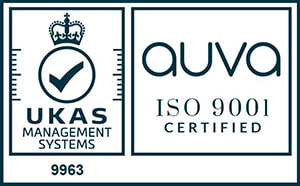
Survival of the fastest
The environment is at a tipping point, precipitated by years of unrestrained man-made pollution. And, while virtually everything we buy or use has some kind of impact on the planet, the spotlight is now on reducing the world’s reliance on fossil fuels. We all know burning fossil fuels is damaging the planet at an alarming rate and we need to move fast to find realistic alternatives and we can, because we’ve done it before.
Back in the seventies, the environmental danger was from chlorofluorocarbons, also known as CFCs, which were used as refrigerant gases and propellants in aerosol sprays. For those of you who weren’t born then, here’s a short history lesson to give today’s issues context. In 1985 a scientific expedition discovered a hole in the ozone layer above Antarctica which was caused directly by the release of CFCs in the atmosphere. Just two years later, the Montreal Protocol, an international treaty, was in place to cut the use of CFCs by half. In 1990, the use of CFCs was banned in industrialised countries and, by 2010, in developing countries too. The ozone layer is slowly recovering as a result. What this shows is that where there’s a collective will there’s a way. Here’s hoping COP 27 delivers.






